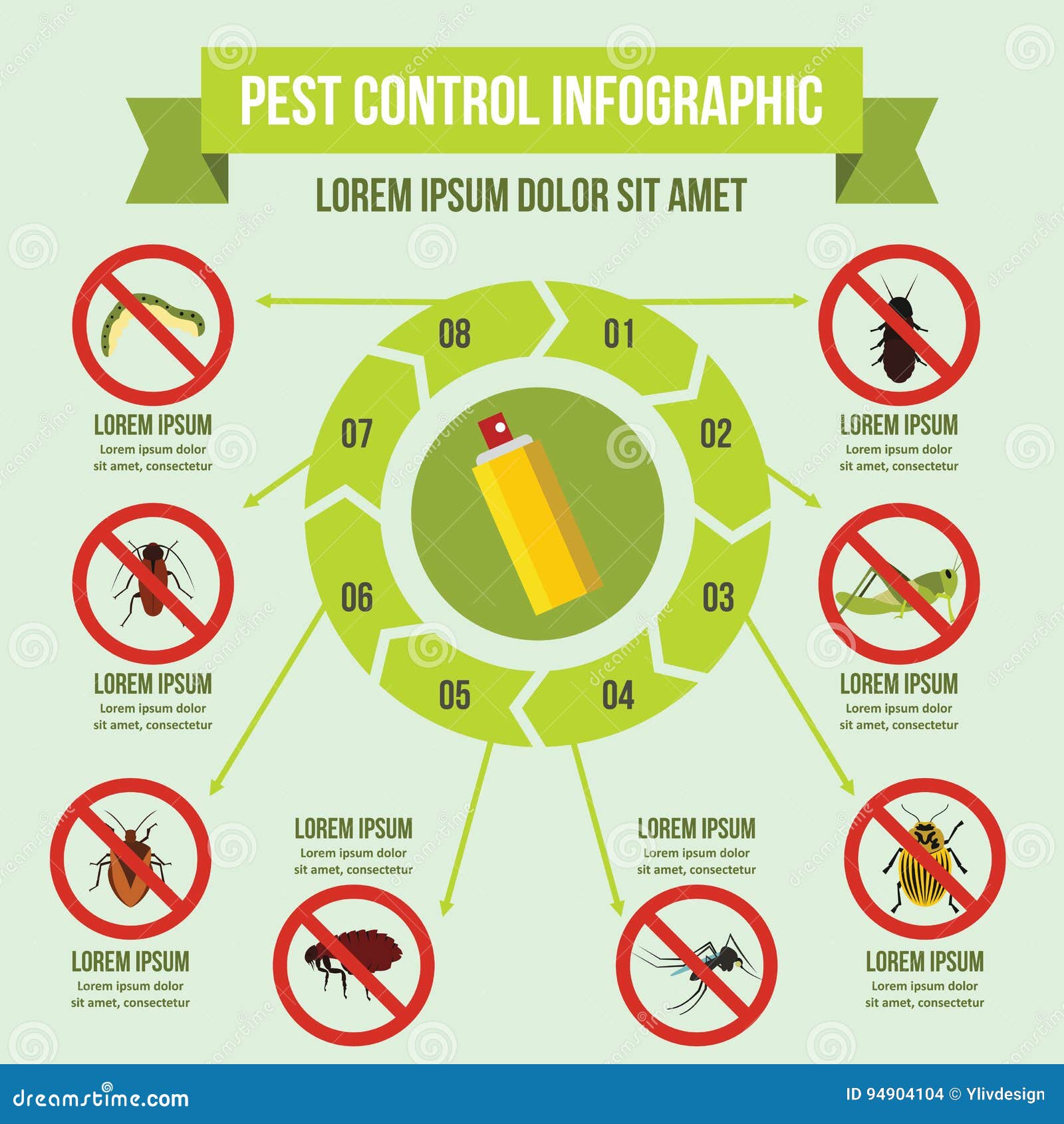Global warming is essentially altering our environment, and its impact are becoming progressively clear in various aspects of our lives. One major consequence of these shifts in climate is the impact on pest populations, which can pose challenges for property owners and companies alike. As heat rise and climate conditions become more unpredictable, pests are adapting and changing their behaviors, leading to more frequent infestations in our homes and communities.
Grasping the impact of climate change on insect management is essential for creating effective strategies to keep our living spaces pest-free throughout the year. From springtime pests to winter mice problems, being cognizant of how climate variations affect pest behavior can empower us to take proactive measures. This article will explore typical household pests, the role of professional pest control, and realistic tips for maintaining a pest-free space in every season. Let's dive into the essential information you need to safeguard your home and loved ones against these resilient intruders.
Comprehending Pest Behavior and Climate Shifts

Global warming are changing habitats throughout the world, and pest populations are not excluded. Escalating temperatures and shifting weather patterns are forming more beneficial conditions for many frequent household bugs. For illustration, milder winters allow insects like mattress bugs and cockroaches to thrive and multiply in areas where they before faced challenges to exist. As the climate keeps to heat up, pests may shift into other regions, carrying with them a host of issues for pest control.
Furthermore, higher precipitation and humidity can amplify the threats posed by pests. Mildew and mold thrive in damp conditions, often luring insects such as cockroaches and termites that can inflict significant damage to homes and buildings. Residents must be alert in noticing these environmental changes, as they actively add to the proliferation of pests. Realizing this connection between climate and pest behavior is critical for efficient pest management strategies.
Ultimately, the influence of climate change on pests can also introduce new difficulties in regulating their populations. Traditional pest control practices may become less effective as pests adjust to different conditions. For instance, DIY pest control approaches may prove ineffective as pests develop resistance to specific treatments. It’s important for residents to stay informed about the developing pest environment and evaluate more all-encompassing approaches, including periodic professional pest control services, to maintain their homes pest-free all year long.
Efficient Pest Management Solutions Techniques
To effectively handle pest populations in your home, it is essential to implement a combination of preventative tactics, monitoring, and remediation strategies. Begin by confirming that your home is adequately sealed. This includes checking for fissures in walls, openings around doors and windows, and closing up any entry points where pests can enter. Keeping a clean living environment is also essential; regularly cleaning your kitchen and dining areas diminishes food sources that lure pests. Additionally, eliminating standing water can aid reduce many pest issues, especially mosquitoes.
Routine inspections perform a crucial role in early detection of pest problems. By watching areas where pests are apt to invade, such as basements, attics, and crawl spaces, you can recognize potential infestations before they grow. Setting up professional pest control services periodically can improve your home’s barriers. Look at more info have the expertise and tools necessary to identify various pests and carry out efficient control methods that are risk-free and eco-friendly.
When it comes to managing existing infestations, it is essential to decide on the right approach based on the type of pest and the seriousness of the problem. For instance, some household pests including ants and roaches may respond well to baiting systems, while others including bed bugs might call for more extensive treatment plans. Always comply with the guidelines for implementation and safety, especially when utilizing chemical treatments. By integrating these strategies, you can create a effective pest management plan that maintains your home without pests year-round.
Preemptive Strategies for All-Year Pest Control
To maintain a pest-free environment all year year, implementing preventive measures is essential. Begin by sealing all cracks and crevices in your home’s exterior, as these spaces serve as entry points for different pests. Make certain that windows and doors fit securely and place weather stripping if necessary. Regularly inspect your home for traces of pests and address any infestations immediately to prevent additional problems.
Additionally, maintaining clean indoor and outdoor spaces can substantially reduce the likelihood of pest invasions. Keep food stored in sealed containers and quickly clean up spills and crumbs. Outdoor areas should be kept tidy, with debris and standing water eliminated, as these attract pests like mosquitoes and rodents. Proper waste management also plays a critical role, so make sure trash bins are closed and removed regularly.
Lastly, contemplate scheduling regular pest inspections with a professional pest control service. These inspections can detect potential issues before they escalate, providing peace of mind and guaranteeing that your home remains protected year-round. With vigilance and proactive measures, you can effectively manage pest populations and safeguard your living space.
